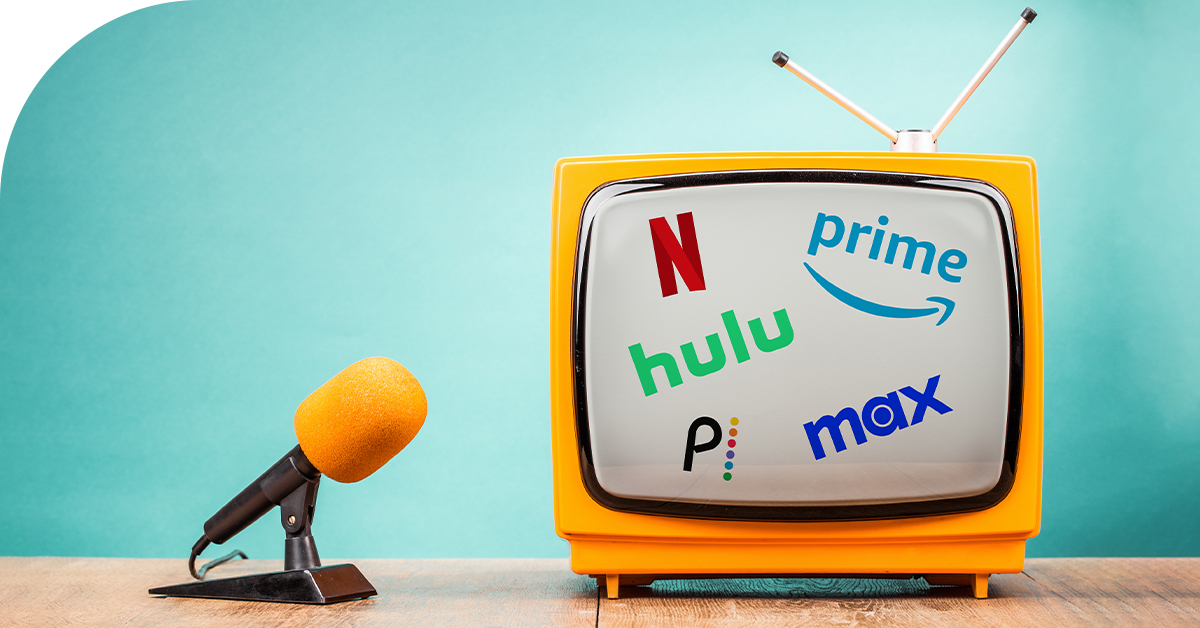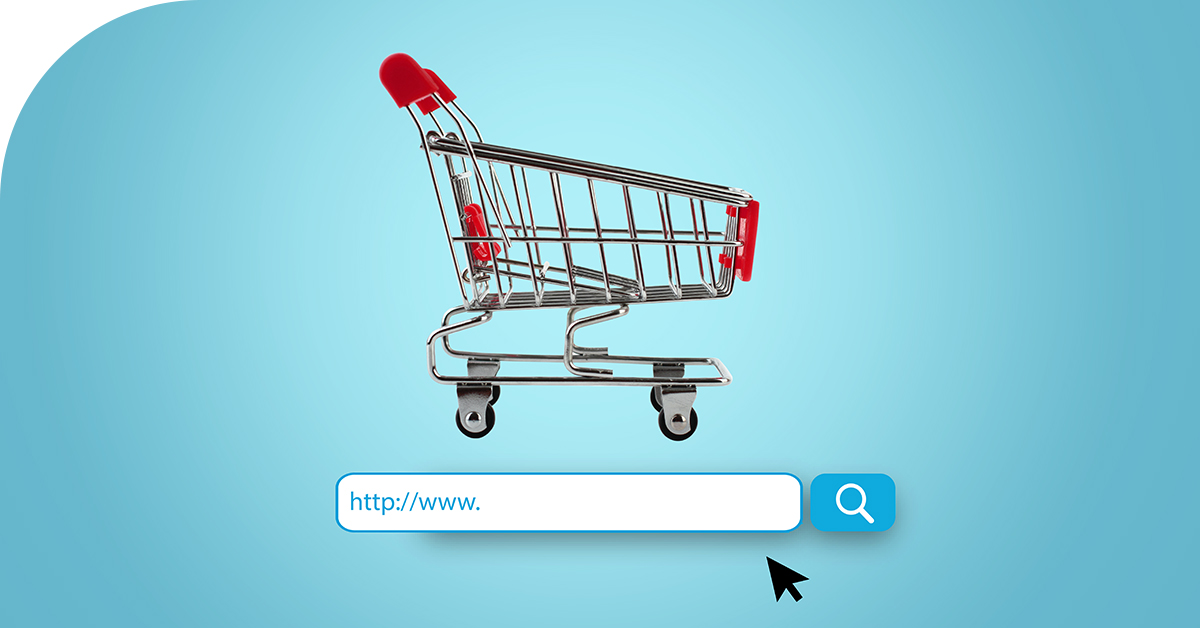Welcome to the other side of political advertising, where we look back at the 2020 election cycle to learn and improve for the next one.
Looking at the numbers, digital advertising was huge. Kantar Media originally estimated $1.2 billion would be spent on digital. But we expect the estimate will soon be increased to about $1.8 billion. Roughly 15.3 percent of that spend will go toward digital, and 69.0 percent will go to TV.
What else did we see, other than the obvious spending increases? OTT took center stage this cycle but has some growing up to do. According to Nielsen, since quarantine living began, total hours spent with CTV devices are up a whopping 81 percent year-over-year. That increase equates to nearly 4 billion hours of use per week.
To better understand what we can learn from digital political advertising in 2020, we sat down with Mitch Wohl, Client Success Manager at Data Genomix, to better understand how they put together digital advertising strategies for political races.
Let’s start with an explanation of your role at DataGenomix.
Mitch Wohl, Client Success Manager: At Data Genomix (DG), we offer our data-driven digital marketing solutions in two ways: Self-serve (SaaS) and managed service. My role at DG in Client Success is to execute the managed-service side of the business. Through doing so, I build client relationships and oversee project deliverables from the digital marketing campaign execution to post-campaign reporting. We focus on cross-channel digital marketing strategy for client campaigns, working with campaign managers, partners, candidates themselves, and everyone in between.
For today’s chat, I’d love to dig into your digital advertising strategies for political races. What worked this election cycle?
MW: One of our major successes for this year was the cross-channel, hyper-targeted approach that my team strategized and executed. We focused on reaching voters one-to-one, where they spend their time online, from social media, banner ads, digital video, connected TV, and just about any other web-connected medium. In addition to finding the right people, we also focused on sending them the most relevant messaging. In multiple instances, we made data-driven decisions from polling results and message testing (both of which we execute in-house) to understand and refine the best possible creative and messaging. Our use of relevant messaging and targeted voter audiences across multiple channels resulted in a superior win rate in the 2020 cycle.
What kind of response and results do you see as a result of these digital advertising strategies?
MW: Generally speaking, we saw very positive movement from our digital approach. From the strategies we put in place, we delivered ad campaigns that resulted in increased voter awareness, turn-out, and movement in the right direction for our clients. These efforts resulted in the passing of ballot measures and the election of candidates. This election season we attributed a win rate of 76 percent across campaigns to our cross-channel approach. Every campaign is on a limited budget, and we had clients in the country’s most expensive media markets, places where conventional TV or billboards were not a smart investment. We utilized a highly sophisticated digital approach that achieved results, on budget. In the digital landscape, our years of experience, robust data-driven approach, and place at the forefront of emerging platforms separate us from the competition. The positive response we received not only from our advertising efforts but also from happy clients was a measurable form of success in this election cycle.
What are some of the challenges you faced when implementing digital advertising in the 2020 election cycle?
MW: Political advertising gets more and more complicated every year. As industry experts, we know what it takes to run political ads online. A challenge can be helping our clients understand the various policies or restrictions, which are often different if you are talking Facebook vs YouTube vs banner ads, and so on. We created clear documentation and guidelines so that our clients could easily understand the differences between each channel, enabling us to run political ads through every possible digital medium.
How do you think political strategies will change after this year?
MW: While I think it’ll be similar to 2020, we’ll need to adapt to the changes in political requirements for 2021. As we all witnessed, Google and Facebook can turn political ads off on a whim, with no clear date on which they will return. For that reason, we have to be very innovative and ensure we can roll with what is thrown at us. While our placements might not look the same in 2021, we can still utilize person-based digital advertising strategies across multiple channels, largely enabled by our patented marketing technology.
What political advertising strategies or tactics are you hoping will continue after this year?
MW: Simply put, the low threshold to entry in order to run digital ads has truly advanced our American Democracy. No longer do you need to spend tens-of-thousands on cable TV buys or direct mail in order to get your message out. Online ads enable campaigns and causes of all sizes to speak to their constituents. I am very worried that if there continues to be unreasonable blackouts and restrictions on digital political ads, that only those campaigns with a significant war chest of funds will be able to reach voters. This is the real crisis. All of the platforms have ensured proper ad transparency (often above TV or direct mail). The majority of “misinformation” comes from people’s personal posts or groups, not from paid ads. But Twitter, Facebook, and Google are throwing the baby out with the bathwater. We will work hard to ensure that campaigns of all sizes can reach their voters.
What is one thing you wish you knew at the beginning of the campaign?
MW: Timing is important. I have personally learned a lot about the timing and process to build audiences, supply creative for vendor approval, and finally, get ads live across the various channels. The team at Choozle has always been super helpful in all of these areas. So, I guess I wished I would have better understood each step of the process, but any time I was unsure a Choozle support representative was there to help.
Any final thoughts?
MW: We’re grateful to the whole Choozle team. Their platform and expertise enabled us to be very successful in our 2020 general election campaigns.








